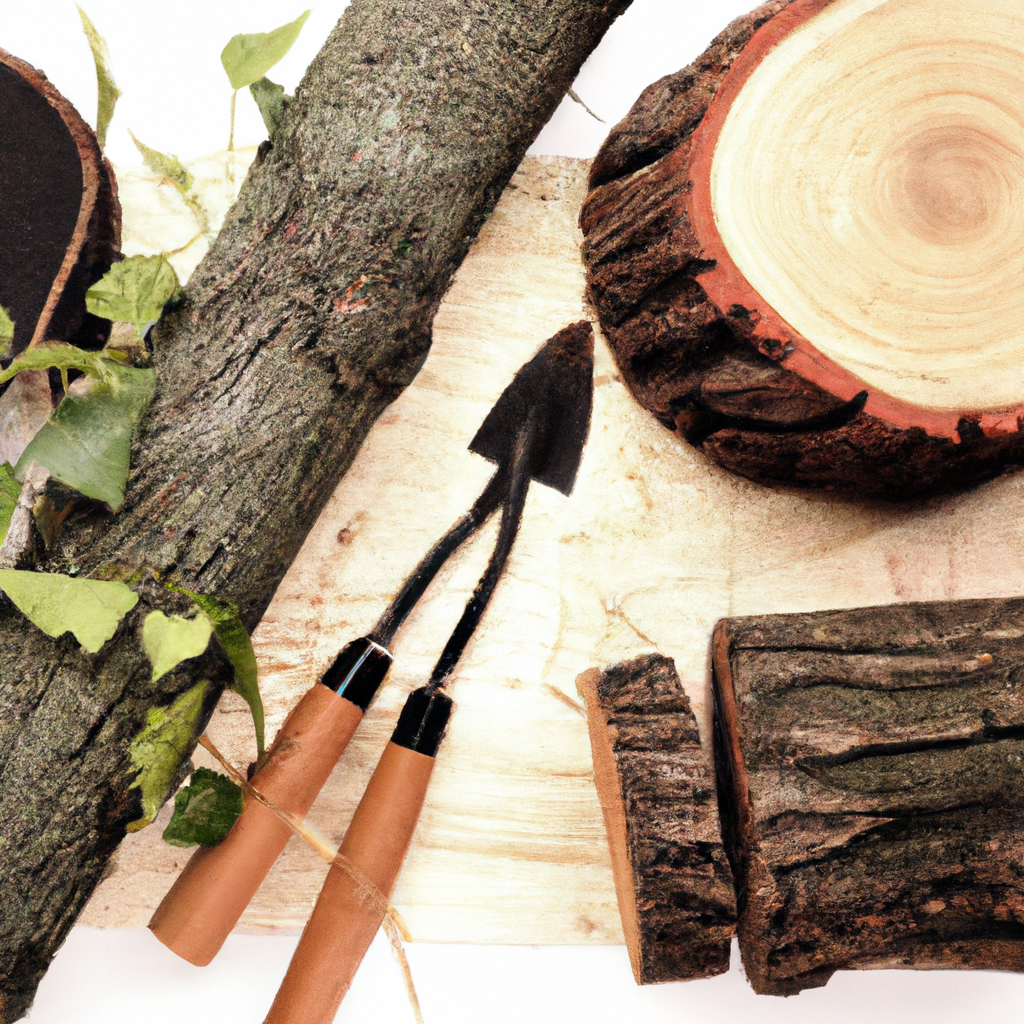Blossom Greener: Enroll in Our Eco-Garden Creation Courses Today!
Creating an eco-garden with native plants is like giving Mother Nature a high-five. It’s about working with the land rather than against it, which, let me tell you, can be incredibly rewarding. If you’re thinking about going down this path, buckle up because it’s not just gardening—it’s an adventure!
I remember when I first started my own eco-garden journey. My backyard was just your typical patch of grass and a few store-bought flower beds. But something felt off, like I was missing out on some secret that seasoned gardeners knew. Then one day, while flipping through a gardening magazine at the dentist’s office (who knew waiting rooms could spark creativity?), I stumbled across an article about native plant species. The idea clicked instantly.
Native plants are kind of like local celebrities in the plant world—they belong here! They’re adapted to the local climate and soil conditions, making them easier to care for once they’re established. Less watering and less fuss? Sign me up! Plus, they attract pollinators like bees and butterflies that really add life to your garden.
So here’s how I got started: First thing was research—I know it sounds boring but trust me on this one. I found out what plants were native to my area by checking with local botanical gardens and even popping into nearby nurseries for advice (those folks usually have all sorts of stories and tips!). As it turns out, my region is home to beautiful options like Black-eyed Susans and purple coneflowers.
One afternoon, armed with a shovel in one hand and a list of natives in the other, I set out to transform my yard into something more vibrant—and sustainable too! Planting those Black-eyed Susans felt almost ceremonial; they took root so easily as if they’d been waiting for their chance all along.
Fast forward a few months later: My garden has become its own little ecosystem. Monarch butterflies flit around without any invitation needed—just having those milkweeds did wonders! And watching bumblebees do their busy work among the flowers is somehow meditative.
A neighbor stopped by recently saying she noticed more birds hanging around our street lately; we figured maybe they’ve taken kindly to all these new habitats sprouting up thanks in part (if not entirely) due our native planting efforts.
There were challenges too—don’t get me wrong! Some days involved chasing off rabbits who thought I’d opened an all-you-can-eat buffet just for them (they’re cute until they start nibbling on everything!). And there were definitely moments where certain plants seemed stubbornly uninterested in growing despite being ‘native.’ But hey—that’s nature keeping things interesting!
In terms of design tips? Think layers—it’s nature-inspired chaos but organized enough not look messy; taller grasses behind shorter blooms create depth plus provide shelter for small critters looking hideaway from predators or weather extremes alike.
Also mixing textures works wonders—pair smooth-leaved varieties alongside fuzzy ones adds contrast visually while different bloom times ensure color throughout seasons without needing constant replanting every year—which frankly saves both time & money!
If anyone reading this feels inspired—or already has tales about integrating natives into their own yards—I’d love hear ‘em because sharing experiences only makes us better stewards Earth together right?
At end day though whether novice gardener seasoned pro incorporating natives isn’t simply trend—it genuine way reconnect environment build resilience future generations enjoy beauty bounty natural world offers us daily basis…oh dear seems gotten bit carried away but guess shows passion runs deep doesn’t it?!

Leave a Reply